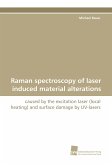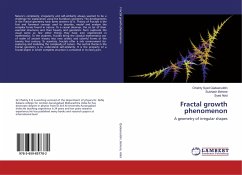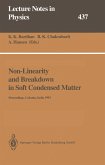The importance of silicon dioxide and its interface is comparable to silicon itself and modern technical culture, termed as "silicon age", relies equally on both. In this work, chemical and electrochemical modifications at the silicon/silicon dioxide interface are described, leading from the preparation of atomic steps to the fascinating world of fractal-like micro-patterns. Emphasis is laid on self-organization principles which arise with the concurrent growth and etching of the oxide. Structural properties are thereby manipulated with a minimum of experimental efforts while dramatic changes can be observed from the nanometer to the millimeter range. Meanwhile, the developed structures are about to be transferred to the field of fuel production and solar light to energy conversion. It is the hope of the author that some of the findings, analyzed here, will contribute to the success of novel strategies that have to be developed in order to meet the technological and ecological challenges of our era.








